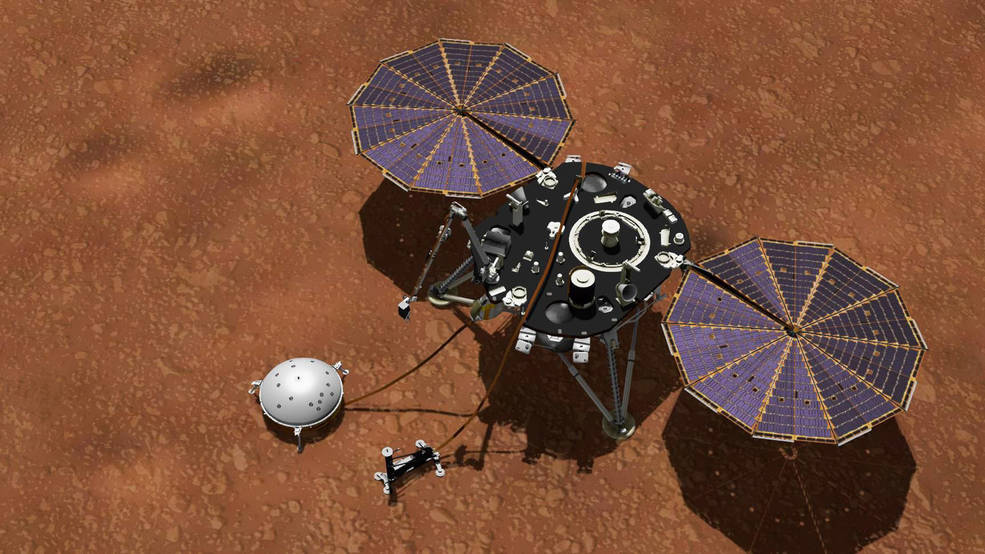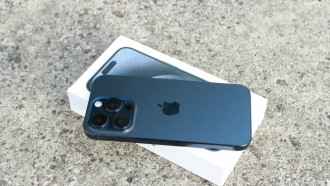
NASA made another discovery after the Mars lander InSight detected two strong, clear quakes on the Red Planet.
On Apr. 1, Digital Trends reported that the "marsquakes" have a magnitude of 3.3 and 3.1, and were detected at the same spot where InSight detected two other significant quakes in the past.
Marsquakes: What Does Its Discovery Mean?
Jet Propulsion Laboratory (JPL), Caltech's research and development laboratory funded by NASA, first reported the InSight Lander's discovery.
According to the report they published on Apr. 1, InSight had recorded over 500 marsquakes since its deployment to Mars in November 2018.
However, the four strong quakes recorded in a location on Mars called Cerberus Fossae proved that the site is the center of the Red Planet's seismic activity.
The discovery gives the InSight science team a way to move forward in their mission to understand Mars' mantle and core better.
Unlike Earth, Mars does not have tectonic plates but was proven to have volcanic activities, which causes tremors.
"Over the course of the mission, we've seen two different types of marsquakes: one that is more 'Moon-like' and the other, more 'Earth-like,'" said France's Institut de Physique du Globe de Paris scholar Taichi Kawamura.
"Interestingly, all four of these larger quakes, which come from Cerberus Fossae, are 'Earth-like.': he added.
Another discovery worth noting is that the new marsquakes occurred almost a full Martian year (two Earth years) after the first two, which had a magnitude of 3.6 and 3.5, respectively.
Researchers added that the marsquakes happened during the Martian northern summer when winds are calmer, allowing the equipment to listen for the tremors better.
NASA Shuts Down InSight's Mission After Losing Its Mole
In October 2020, one of InSight's instruments went out of sight after it tried to dig its way into the surface of Mars and found itself stuck.
The Heat Flow and Physical Properties Package, or HP3, is a 16-inch-long (40-centimeter-long) pile driver and heat probe designed to provide the first look at Mars' deep interior.
Nicknamed the "mole," the German-made instrument was self-hammering its way down the Red Planet's surface when it encountered difficulties getting into the Martian soil.
According to NASA's blog posted on Oct. 2020, InSight lost sight of the mole after digging itself at an unknown distance, leaving only its science tether protruding from the ground.
The mole was designed to dig and let loose soil flow around it so that the friction between the soil and its outer hull would give it footing to dig deeper.
However, InSight landed on a location with a different soil type, which had stuck together while the mole dug its way down the Martian surface.
JPL at first attempted to salvage the mission by using InSight's arm to scoop the soil away from the mole as it dug but ultimately decided to abandon the mission in January 2021.
Related Article: InSight Lander Now Dead! NASA Fails to Take Mars Temperature
This article is owned by Tech Times
Written by Lee Mercado





